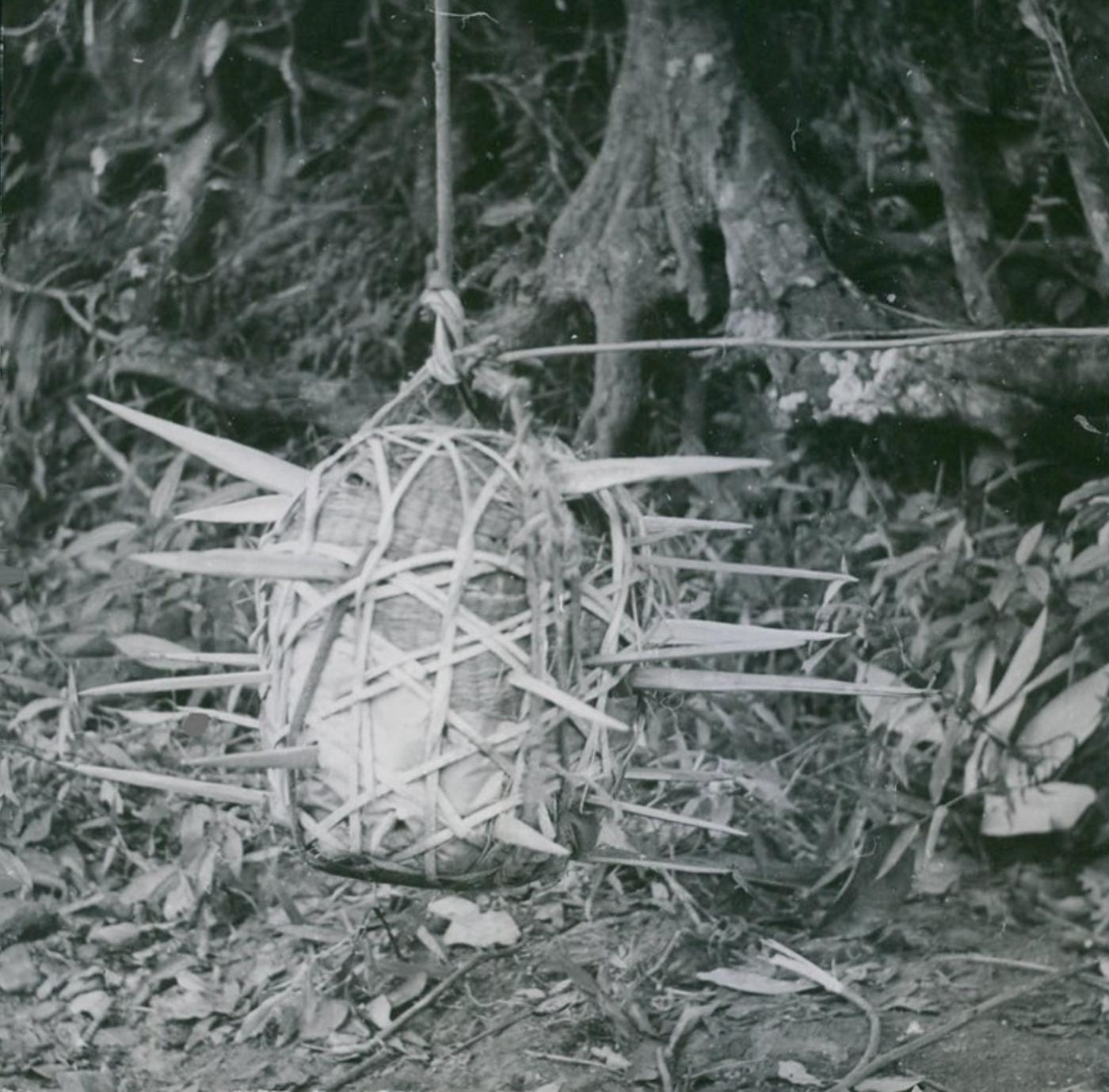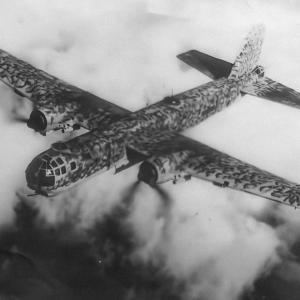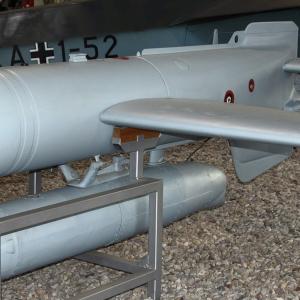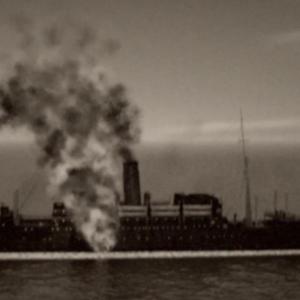
Flying mace weapon
During the Vietnam War, the Viet Cong developed a wide range of brutal and ingenious booby traps to counter the superior firepower and technology of American and South Vietnamese forces. Among the more unusual and terrifying of these traps was the so-called “flying mace” — a swinging spiked ball or log designed to maim or kill through sheer kinetic force. Although far less well-known than landmines or punji pits, this deadly device was a part of the larger guerrilla strategy of psychological and physical attrition.
The flying mace trap was typically non-explosive. Its lethality came not from gunpowder but from gravity, momentum, and sharp spikes. At its core, the trap consisted of a heavy ball or log — often made from dense wood, metal, or a hardened mixture of clay and concrete — embedded with sharpened spikes. These spikes were commonly made from metal scraps, nails, or bamboo, and were arranged to protrude outward in all directions. In some cases, the spikes were coated with feces or toxins to increase the risk of infection, ensuring that even non-lethal wounds became a severe threat.
The trap was suspended from a tree or a constructed frame using vines or ropes. A simple tripwire mechanism was connected to a catch system that held the mace in place. When an unsuspecting soldier triggered the tripwire — often camouflaged beneath leaves or brush — the mechanism would release the ball, which would then swing violently across a trail or down from a tree, striking with devastating force. The arc and speed of the swing made it difficult to avoid, especially when moving through dense jungle terrain with limited visibility.
These traps were strategically placed in areas where soldiers were likely to move slowly or in single file — narrow jungle paths, bends in trails, or approaches to encampments. Since they didn’t rely on explosives, flying maces were harder to detect with standard mine-sweeping equipment and could be reused or quickly rebuilt. The psychological impact was also considerable: the constant threat of sudden, invisible attacks wore heavily on troop morale.
Although specific casualty numbers caused by flying mace traps are not available, booby traps as a category were responsible for a significant portion of U.S. casualties during the war. They were particularly effective at wounding rather than killing — a strategy that forced enemy forces to dedicate time and resources to medical evacuation and treatment. Wounded soldiers often created more logistical strain than fatalities, which was precisely the intention behind many of these devices.
Veterans and medics who encountered these traps have described the injuries they inflicted as gruesome — deep puncture wounds to the head, chest, or limbs, often complicated by infection and shock. In some cases, the victim was killed instantly; in others, the wounds resulted in long-term disability or required immediate field surgery.
The flying mace booby trap highlights the grim creativity of asymmetrical warfare. Using simple materials — wood, spikes, rope, and gravity — the Viet Cong could inflict serious damage and spread fear among much better-equipped enemy forces. While not as prolific as other traps, the sheer brutality and suddenness of the flying mace made it a memorable and feared weapon in the dense jungles of Vietnam.










